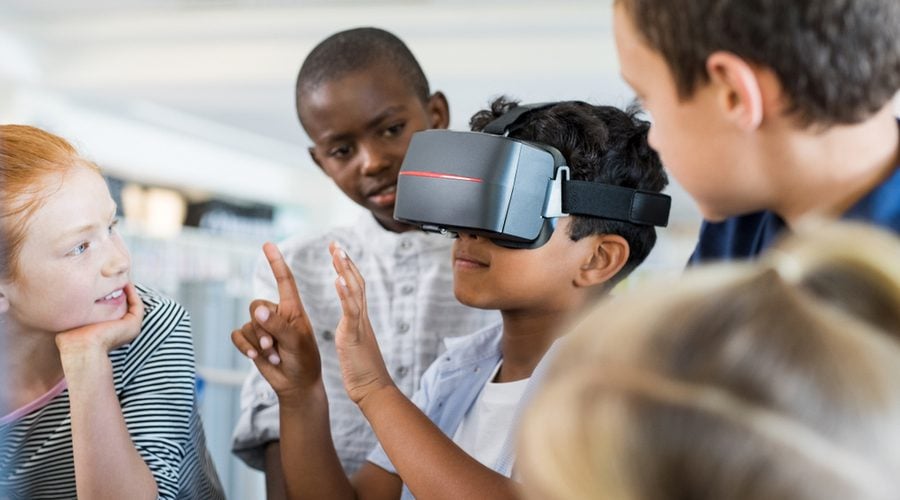This year has been touted as the year of mixed reality. The revolution of the physical-meets-digital fusion that exploded with Pokémon Go has now been expanded by tech giants and global brands alike – from fashion brands, to music artists and even fine art auction houses. With fresh rumours arising around the development of Apple’s own VR headset, there is plenty of speculation about where this technology could go next and how we will be using it.
But before we get too excited and in order to understand the future of mixed reality, we need to look at what is underpinning it.
Context is king
The key to the success of many of the existing AR campaigns is that they make location a focus, and whilst that remains one of the most exciting pieces of this mixed reality puzzle, what will really build a rich AR universe is our ability as brands and businesses to understand all of the contexts within which an audience is experiencing content....

